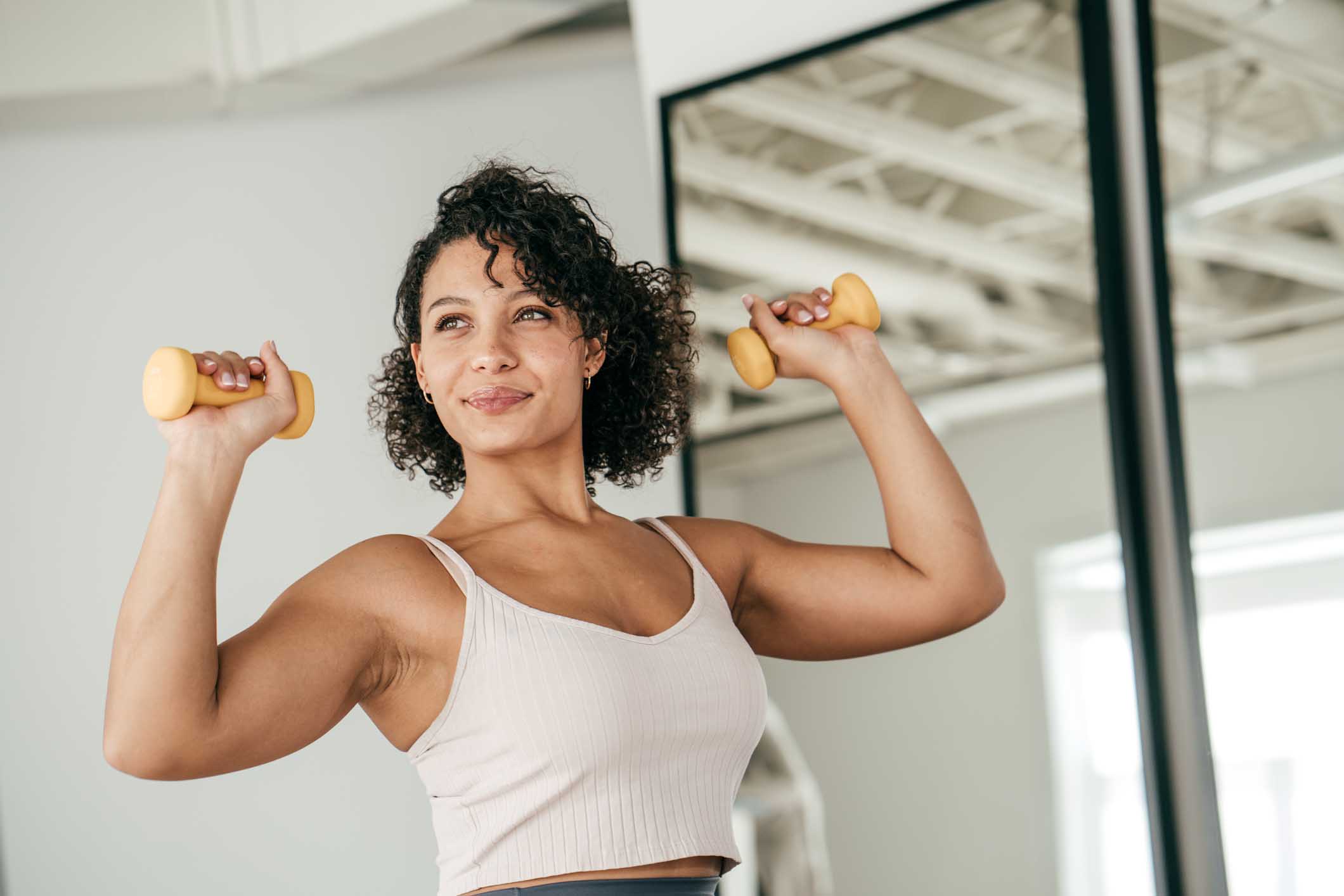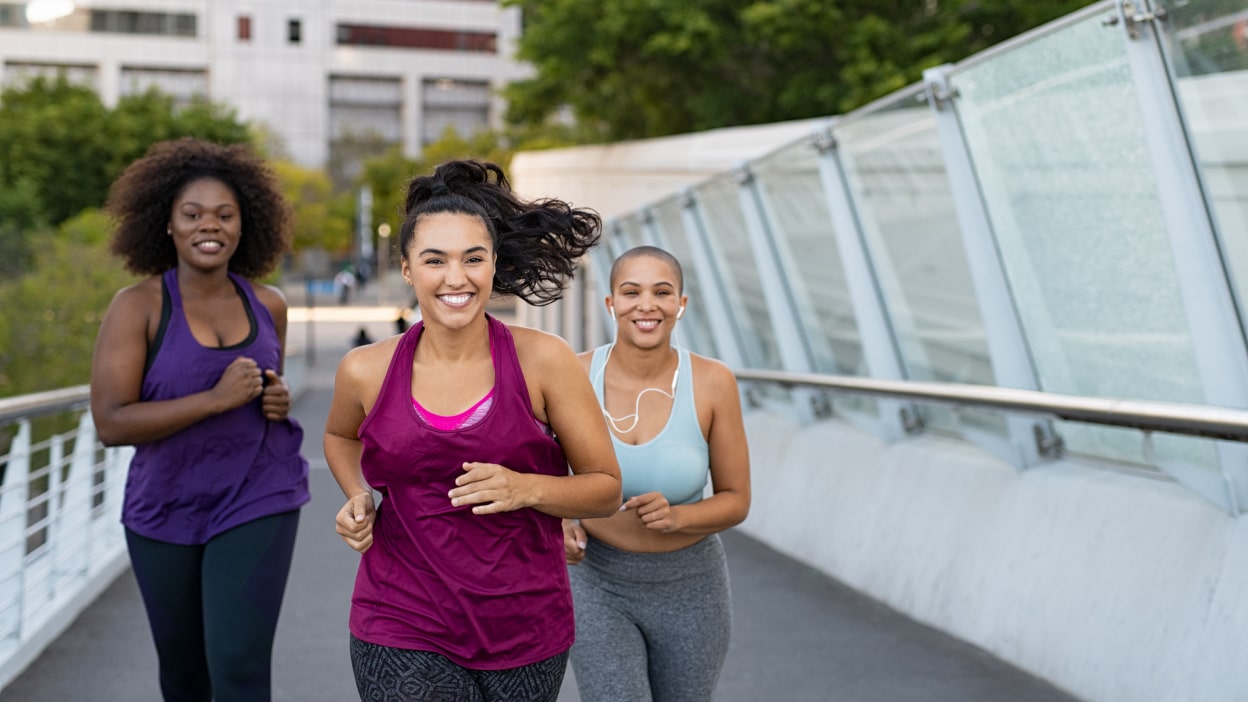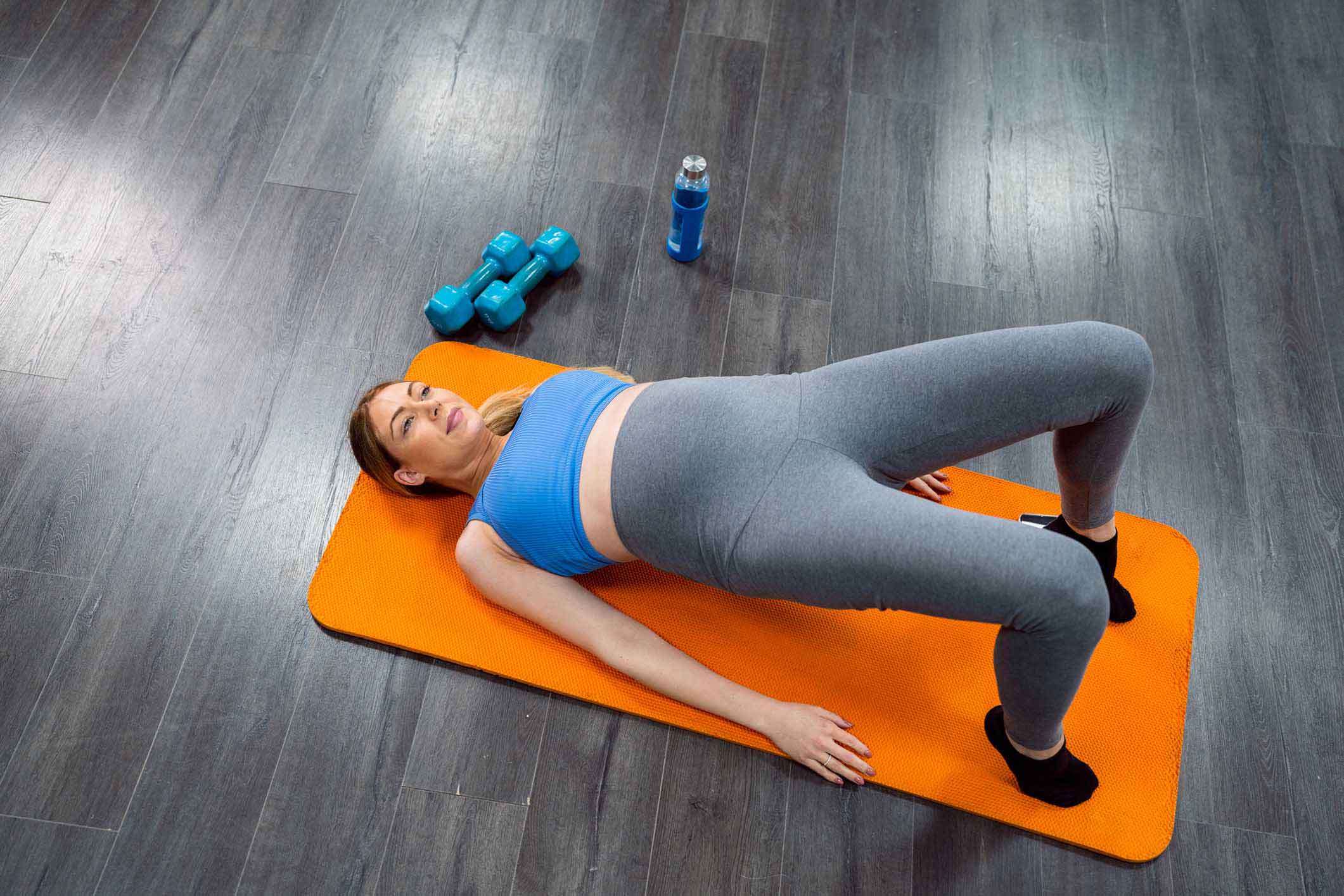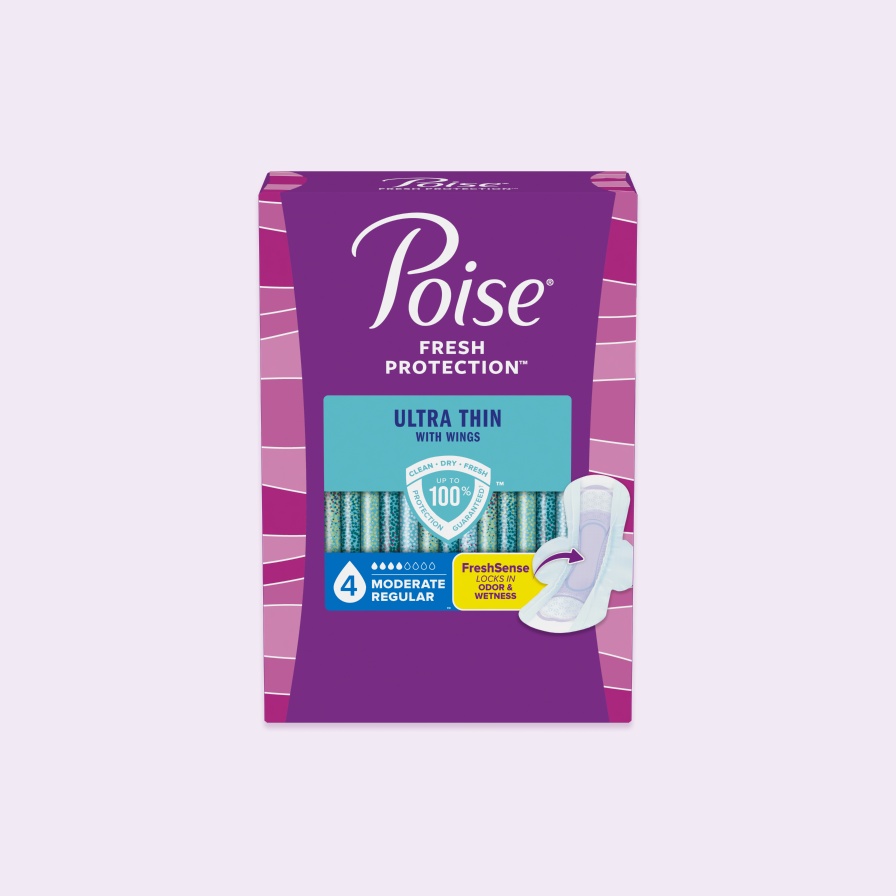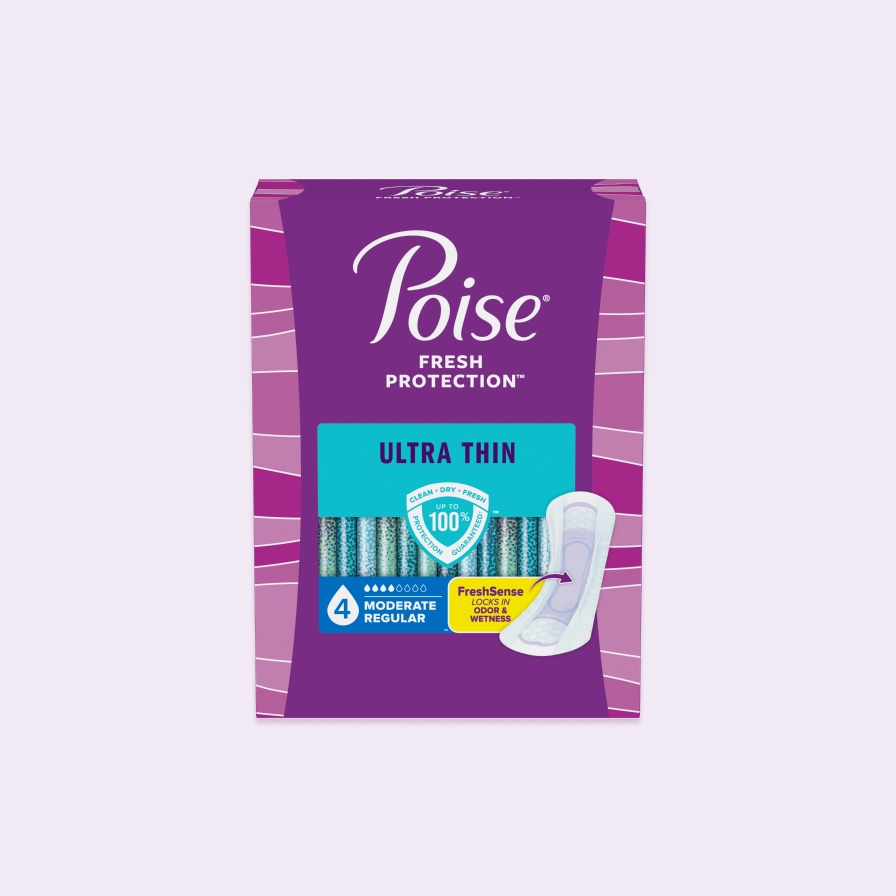How To Avoid Elderly, Hunched-Over Posture
How To Avoid Elderly, Hunched-Over Posture
A hunched back is no longer just a problem of the elderly. Nowadays, we spend more time sitting in front of a computer or tapping and texting on our smart phones, so everyone is more likely to practice poor posture. A hunched body position not only makes us look older, fatter, and shorter, but also portrays the image of weakness and lack of authority, according to a recent study. It can also strain muscles in your lower back.
Certainly, as we age we begin to lose bone mass, particularly in the spine one of the vulnerable sites for developing osteoporosis. Therefore, the situation can get worse if we don't do anything now to avoid this problem.
To fix and to prevent a hunched back, we have to work both sides of the upper body, specially the chest muscles and the posterior part of the shoulders and the upper trapezius. This is because a prolonged leaning body position can cause a muscle unbalance between both sides of the upper body. The chest and front part of the shoulders are chronically tight, while the upper back muscles lack strength and are overstretched.
Begin by stretching the front upper body muscles (chest and shoulders). Stand by a doorframe. Bend your arm at a 90-degree angle and place it flush to one side of the doorframe so your shoulder and upper arm rest on the frame. Maintaining in the arm position, tilt your body forward until you feel the stretch in the chest and the shoulders. Do 3 sets of 30 seconds stretches on each side.
Next, perform the following two strength exercises either with dumbbells or tubing: 1) Bent over lateral raises, which works the upper trapezius and posterior part of the shoulders. Holding two dumbbells, bend at the waist, keep your chest out and core tight, and do not round your back. Then raise your arms out to the side to shoulder height while you squeeze the muscles around the shoulder. Lower your arms to complete one rep. Do 2 to 3 sets of 12 reps. 2) Dumbbell back row, which works the middle and lower trapezius. Keep the same position as the exercise before, but this time bring your arms toward your chest. Do not lift up the shoulders. This exercise should be felt in the middle of the back. Lower your arms to complete one rep. Do 2 to 3 sets of 12 reps.
Recommended Products
Absorbency Level
Absorbency Level
